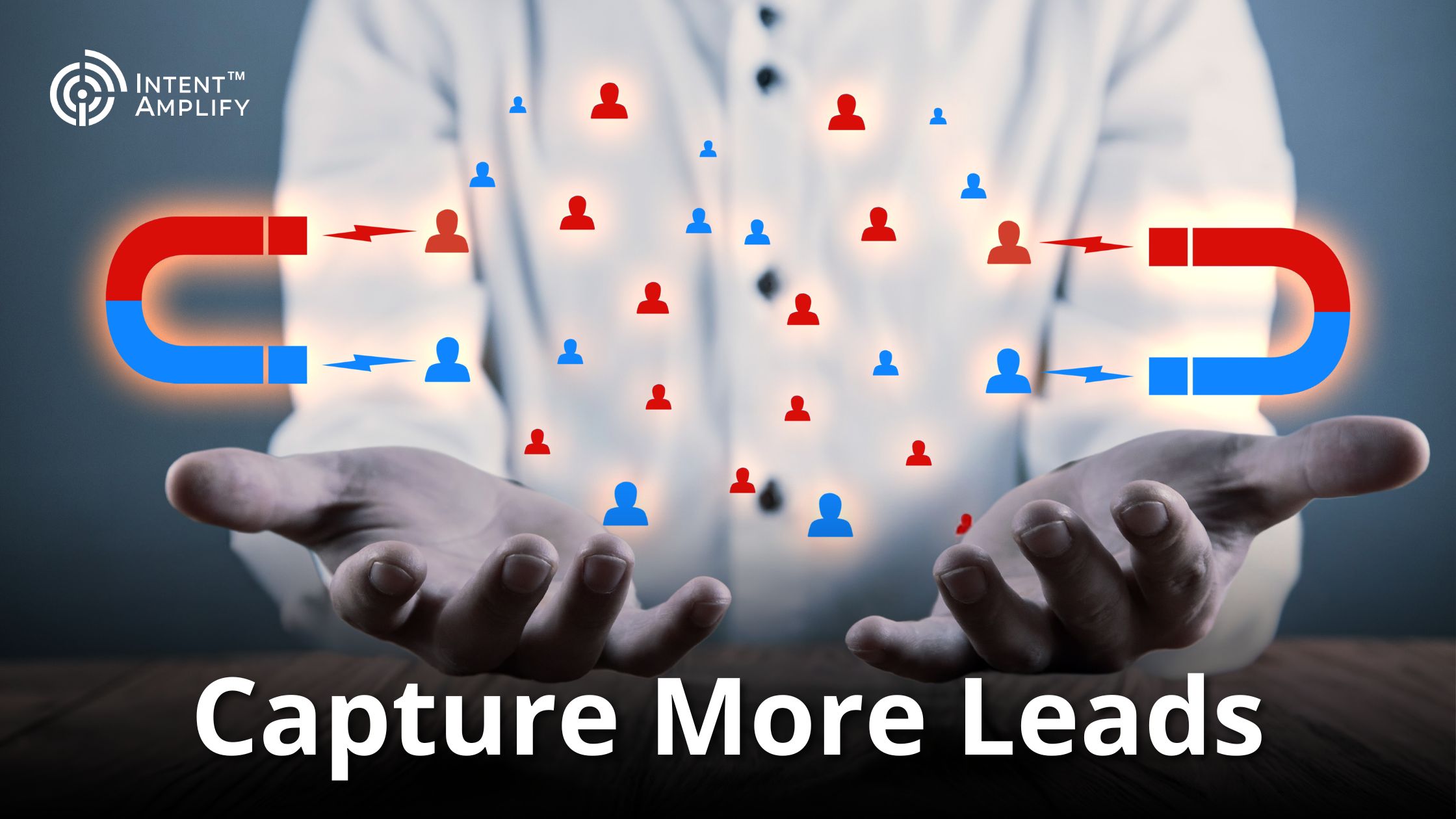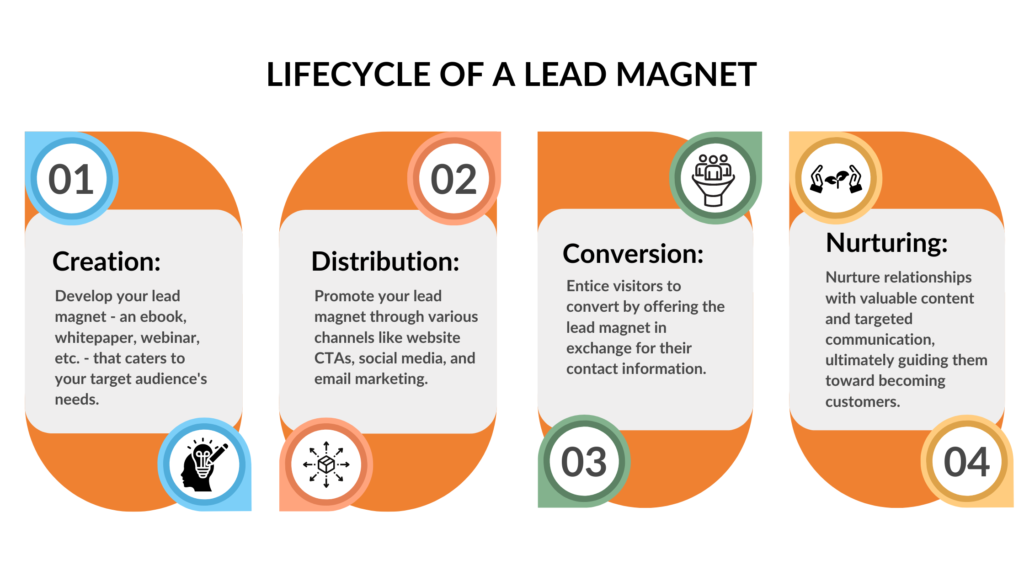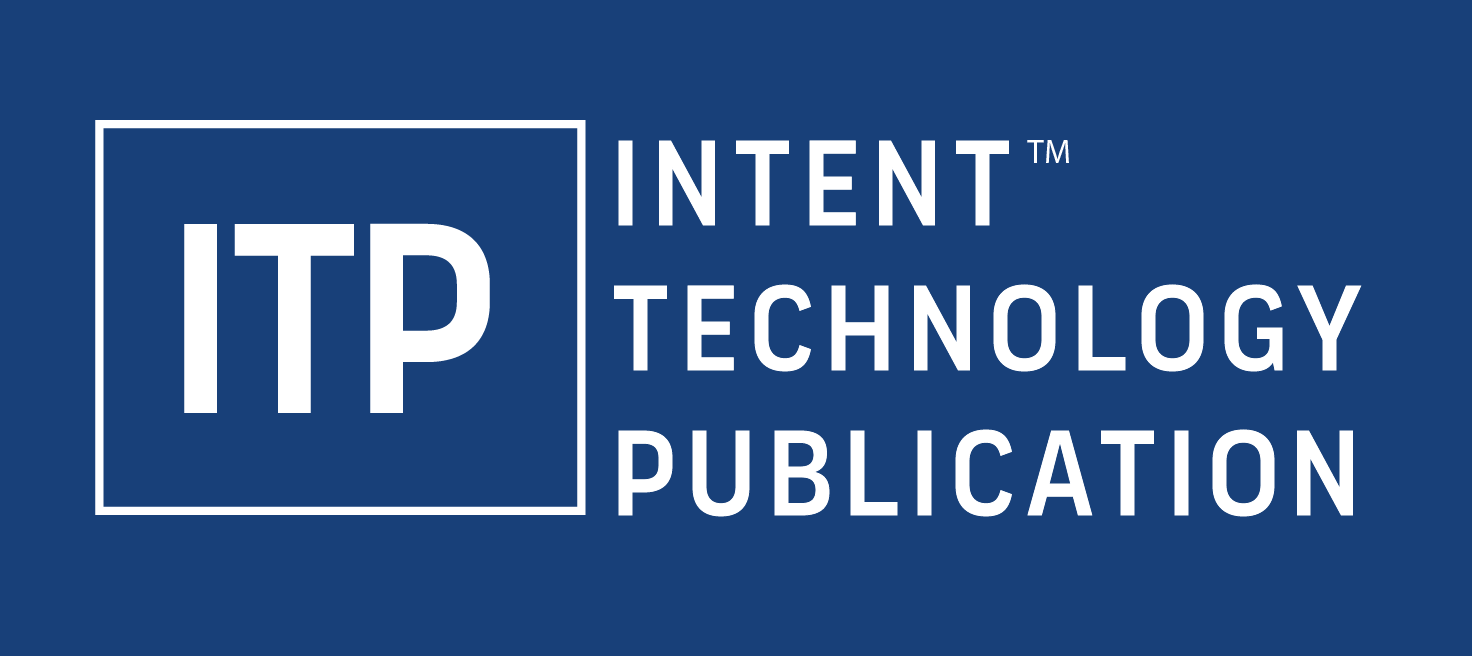or call: +1 (520) 350-7212

3 Ways to Optimize Your Website for Lead Capture
Have you ever been to a trade show and spotted a stall where a salesperson is helplessly waving their arms at every single person who passes by in the hope of finding a customer?
Well, an unoptimized website works somewhat similarly in the competitive world of B2B sales and marketing.
Converting website visitors into qualified leads is the key to fueling your sales pipeline and driving revenue. However, capturing leads on a website is not an easy game. Especially in today’s time when a reader is constantly bombarded with overwhelming information.

By implementing these 3 actionable website optimization strategies, you can transform your digital storefront into a lead capture machine:
- Craft Compelling Lead Magnets and CTAs
- Streamline Your Lead Capture Forms
- Leverage Landing Pages
These tactics will help you attract the right audience, remove roadblocks to conversion, and ultimately turn website visits into valuable leads for your B2B business. Let’s understand each of these tactics in detail.
1. Craft Compelling Lead Magnets and CTAs
Lead magnets are those content pieces marketers use to attract an audience. It could be anything from podcasts, videos, books, or presentations. In B2B, a lead is guided towards giving their details by offering them magnets like ebooks, whitepapers, and also webinars in return.
It all (typically) starts with emails sent to addresses identified as belonging to those people who are likely to benefit from or reciprocate this email. Those addresses who open the mail and go far enough to click on the CTA are redirected to a landing page. The landing page contains a brief description of what they can expect from downloading or unlocking the full content in return for a few personal/business details.
Usually, this works well because both parties are exchanging valuable information and are benefiting from each other. But it’s not as straightforward as it sounds. Your lead magnet and every content piece that leads to it has to be good enough to create curiosity, interest, and intrigue in the minds of the reader.
So what makes a good lead magnet?
Criteria for good lead magnets:
- Good lead magnets are relevant to your readers. It’s something that they would want to explore more, something that aligns with their existing interests or can create new interests.
- It should be backed by solid evidence such as stats or research papers. This holds more true for something like a whitepaper, a datasheet, or an ebook. If your email has a strong stat that makes the reader want to read more, their chances of giving out their details will increase.
- Content should be free from grammatical or factual errors. A couple of punctuations here and a proposition there would be understandable but you cannot be consistently incorrect. An erroneous text creates an impression of fake information – so be mindful.
- Focus on readability and design elements. First impressions are often the last impressions and a good design is a great magnet.
2. Streamline Your Lead Capture Forms
Imagine you walk into a store and are bombarded by a salesperson asking for your life story before showing you anything. That’s exactly what lengthy lead capture forms feel like to website visitors. They lead to a phenomenon called visitor drop-off, where frustrated users abandon the form altogether. Here’s why keeping your forms concise is crucial:
- Reduced Friction: The longer the form, the more hoops visitors have to jump through. A shorter form minimizes friction and creates a smoother user experience, encouraging completion.
- Increased Conversions: Studies show that shorter forms consistently have higher conversion rates. By asking only for essential information upfront, you remove barriers and make it easier for visitors to convert.
- Improved User Experience: Nobody enjoys filling out lengthy forms. Keeping it concise shows respect for your visitors’ time and creates a positive user experience, fostering goodwill towards your brand.
But how do you collect additional information you might need? Here’s where progressive profiling comes in:
- Gradual Lead Nurturing: Progressive profiling allows you to collect essential details initially, like name and email, and then gradually gather additional information over time through interactions like email campaigns or website behavior tracking. This staged approach feels less intrusive and allows you to build a more comprehensive profile without overwhelming visitors upfront.
How do you know which format works best for your audience? Here’s where A/B testing plays a role:
- Testing for Optimal Conversions: A/B testing allows you to compare different versions of your lead capture form, such as varying the number of fields, layout, or button placement. By analyzing user behavior, you can identify the format that leads to the highest completion rates and optimize your form for maximum conversions.
Remember, the goal is to collect the necessary information without sacrificing conversions. By keeping your forms concise, utilizing progressive profiling, and A/B testing different structures, you can streamline your lead capture process and turn website visitors into valuable leads.
3. Leverage Landing Pages for Targeted Lead Capture
A wide net can theoretically catch many fish, but perhaps not exactly the ones you want. Using this analogy, landing pages can be seen as specialized fishing rods. They attract a specific type of fish (your ideal customer) with a targeted message and bait (your lead magnet), making it easier to reel them in (convert them into a lead). These standalone web pages are designed with a single, focused purpose: lead capture, unlike your general website content which caters to a vast range of audience.
Landing pages are ideal for lead capture due to the following reasons:
- The messaging is focused: Landing pages eliminate distractions and present a clear, concise message directly related to your lead magnet. Visitors know exactly what they’re getting and why they should convert.
- The content is alignment with (email) marketing campaigns: Landing pages are typically linked to targeted ads or email marketing campaigns. This ensures that the content on the landing page directly aligns with the message the visitor clicked on, creating a seamless and relevant experience.
- Dedicated CTAs motivate action: Landing pages are built with conversions in mind. You can optimize every element, from the headline to the visuals, to encourage visitors to take the desired action, whether it’s downloading a whitepaper or signing up for a free trial. If the CTA is clear and concise and the journey that leads to it is easy, then the chances of capturing lead are superb.
Here are a few points that will show you how to make the best landing page.
Landing page best practices for lead capture success:
- Clear Headlines: Grab attention with a headline that clearly communicates the value proposition and benefit of your lead magnet.
- Concise Copy: Keep your content short and to the point. Explain the offer, highlight the benefits, and guide visitors toward the lead capture form.
- High-Quality Visuals: Use compelling images or videos that visually represent your offer and resonate with your target audience.
- Strong CTA Buttons: As discussed earlier, craft clear and compelling CTAs that entice visitors to capture leads and claim your lead magnet.
- Seamless Lead Capture Forms: Keep forms concise, request only essential information, and ensure a smooth user experience for completion.
By leveraging landing pages with these best practices, you can create a targeted environment that maximizes conversions and fuels your lead-capture efforts.
Conclusion
Optimizing your website for lead capture is an ongoing process that involves continuous testing and refinement. By implementing high-converting landing pages, using pop-ups and slide-ins wisely, and ensuring an optimal user experience, you can significantly increase your website’s ability to capture leads.
Remember, the goal is not just to attract visitors but to convert these visitors into leads by offering them value and making it easy for them to engage with your brand. Start with these three strategies, measure your results, and continuously iterate to keep your lead capture efforts as effective as possible.
GET IN TOUCH
📞 +1 (520) 350-7212
📧 [email protected]
Locate Us: https://maps.app.goo.gl/cWxRLHWFJnpRHdhL7


